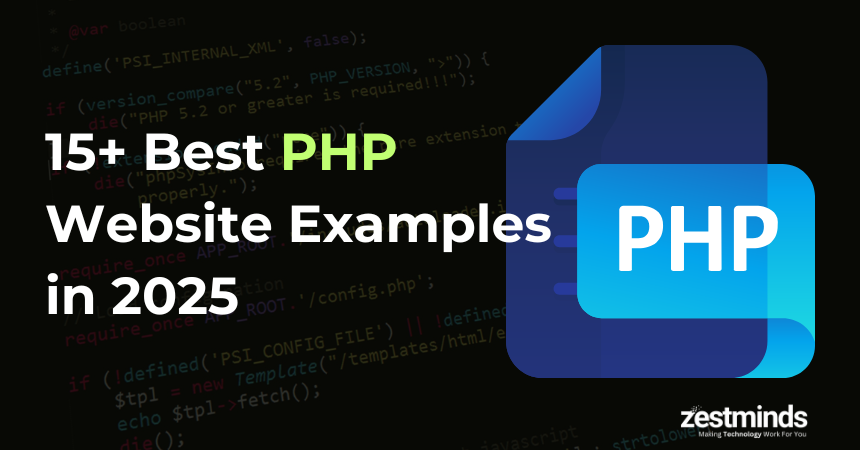Case Study: Building a Scalable, AI-Powered Ride-Sharing App for a European Startup

Client
Confidential (under NDA)
Industry
Urban Mobility / Ride-Sharing
Challenges
Real-time tracking, secure payments, AI fraud detection, user onboarding drop-offs, and route optimization.
Solution
Cross-platform ride-sharing app with real-time GPS, secure multi-payment integration, and AI-based fraud prevention, route matching, and pricing optimization.
Impact
40% reduction in onboarding time, improved ride-match accuracy, enhanced user trust, and scalable operations across multiple regions.
Technologies Used
- Python & FastAPI
- Flutter
- Next.js
- MongoDB
- OpenAI, OpenCV, YOLO, TensorFlow
- WebSockets, Firebase
About the Client
Our client is a Berlin-based ride-sharing startup founded by a group of tech entrepreneurs aiming to reinvent urban mobility across Germany and the broader DACH region. With sustainability, convenience, and AI-driven intelligence at its core, the company sought to build a next-generation transportation platform that would rival established players.
Due to a strict non-disclosure agreement (NDA), we’re unable to disclose the client’s name. However, their vision was clear: develop a scalable, secure, and intuitive ride-sharing app that delivers real-time driver tracking, seamless payment integration, and smart ride matching — all backed by cutting-edge artificial intelligence.
The Challenge
Launching in one of the most competitive tech markets in Europe, the startup faced a set of complex challenges:
- Real-Time Tracking at Scale: They needed a highly accurate, low-latency driver tracking system to provide real-time updates to both riders and drivers.
- Secure, Compliant Payments: Compliance with PSD2 and encryption of all financial transactions.
- Frictionless User Onboarding: Reducing drop-offs during signup and improving user flow.
- Intelligent Ride Matching: AI-driven ride suggestions based on traffic, pricing, and behavior.
- Security & Fraud Prevention: Location spoofing, fake profiles, and unusual patterns needed proactive detection.
The Solution
Our team at Zestminds collaborated closely with stakeholders to deliver a full-stack, cross-platform ride-sharing app with embedded AI capabilities. We broke down the project into five strategic pillars:
1. Scalable Architecture with Real-Time Tracking
We built a high-performance backend with Python and FastAPI, using WebSockets for low-latency GPS updates. MongoDB’s geo-indexing enabled efficient driver location queries, and the microservices architecture allowed seamless scalability.
Real-time driver tracking interface built with Flutter and WebSocket updates
2. Cross-Platform Mobile App with Flutter
We chose Flutter for its native performance across iOS and Android. User onboarding was optimized with progressive steps and autofill features, leading to a 40% reduction in onboarding time.
3. Secure Payments and GDPR Compliance
Payments were integrated via a European gateway using tokenized encryption and 3D Secure authentication. All data was encrypted in transit and at rest, aligning with GDPR and PSD2 standards.
4. AI-Driven Ride Matching and Fraud Detection
Our AI stack included:
- OpenAI: NLP-powered chatbot support
- OpenCV + YOLO: Detecting spoofed images
- TensorFlow: Route prediction and pricing optimization
- Custom ML Models: Pattern-based fraud scoring
This layer prevented ride anomalies, optimized driver matches, and predicted high-traffic zones in real time.

Flow of AI models for fraud detection, route prediction, and dynamic pricing
5. Web Admin Panel with Next.js
Using Next.js, we built a robust web interface for operational control, support workflows, and analytics. Admins could monitor live trips, analyze performance, and intervene when needed.

Admin panel for monitoring trips, fraud alerts, and performance analytics
Key Features & Tech Stack
Feature Highlights
- Real-time GPS tracking
- In-app chat & voice
- AI-based ride suggestions
- Secure multi-payment options
- Driver performance scoring
- Fraud alerts using computer vision
- Ride history and SOS alerts
- Multi-language support
Tech Stack
- Backend: Python, FastAPI
- Mobile: Flutter
- Frontend: Next.js
- Database: MongoDB
- AI Tools: OpenAI, OpenCV, YOLO, TensorFlow
- Others: Docker, Firebase, WebSockets, GitHub Actions
Results & Impact
- 40% faster onboarding due to UX optimization
- Improved ride-match accuracy and fewer cancellations
- Greater trust and retention due to secure design
- Reduced manual oversight via automated fraud detection
- Scalable backend ready for EU-wide expansion
The app helped the startup attract additional funding and initiate rollout plans across Austria and Switzerland.
Why They Chose Us
- AI-First Development Approach: We knew how to blend real-time tech with ML-driven intelligence.
- Proven Track Record: Our experience with similar apps gave the client confidence.
- Agile Delivery: Bi-weekly sprints ensured rapid iteration and transparency.
- End-to-End Execution: From UI to AI, everything was delivered in-house with consistent quality.
Client Testimonial
"We partnered with Zestminds to build our vision of a smarter ride-sharing platform. Their responsiveness, deep technical knowledge, and Agile process made a huge difference. What they delivered was not just an app, but a long-term scalable product."
– Client (name withheld due to NDA)
Frequently Asked Questions
How much does it cost to build a ride-sharing app with real-time tracking?
The cost depends on the app’s complexity, platforms supported, and AI features. A basic MVP starts around $25,000–$40,000. A full-scale, AI-enhanced ride-sharing app with real-time tracking, secure payments, and admin tools can range between $60,000–$120,000+.
What technologies are best for real-time apps like Uber or Lyft?
For real-time performance, we recommend Python with FastAPI on the backend, MongoDB for data and geo-indexing, WebSockets for live updates, and Flutter for cross-platform mobile development. For AI, tools like TensorFlow, OpenAI, and OpenCV enhance user safety, pricing, and experience.
Can your team handle both the frontend and backend development?
Yes. We provide full-stack development services including backend architecture (FastAPI, databases), mobile frontend (Flutter), web interfaces (Next.js), AI integrations, and cloud deployment. Everything is built and maintained by our in-house team.
Is it possible to integrate AI for dynamic pricing and fraud detection?
Absolutely. We used TensorFlow and OpenCV in this project to detect fraud patterns and optimize pricing based on behavior, routes, and demand. These AI features improve trust, accuracy, and revenue over time.
How long does it take to launch a ride-sharing MVP?
A functional MVP can be launched in 10–14 weeks with core features like GPS tracking, booking, onboarding, and payments. With AI features and admin dashboards, the project timeline usually extends to 16–20 weeks for a polished, scalable release.
Call to Action
Ready to build your own AI-powered, real-time app?
Whether you're a startup or a growing enterprise, Zestminds can help turn your vision into a scalable, secure product. Let's explore how we can bring your idea to life.




